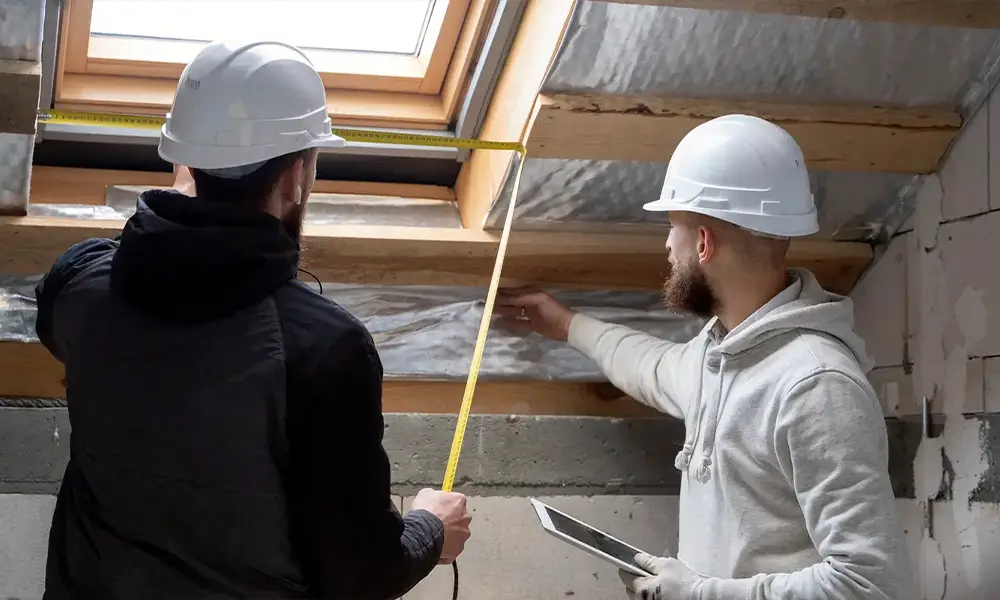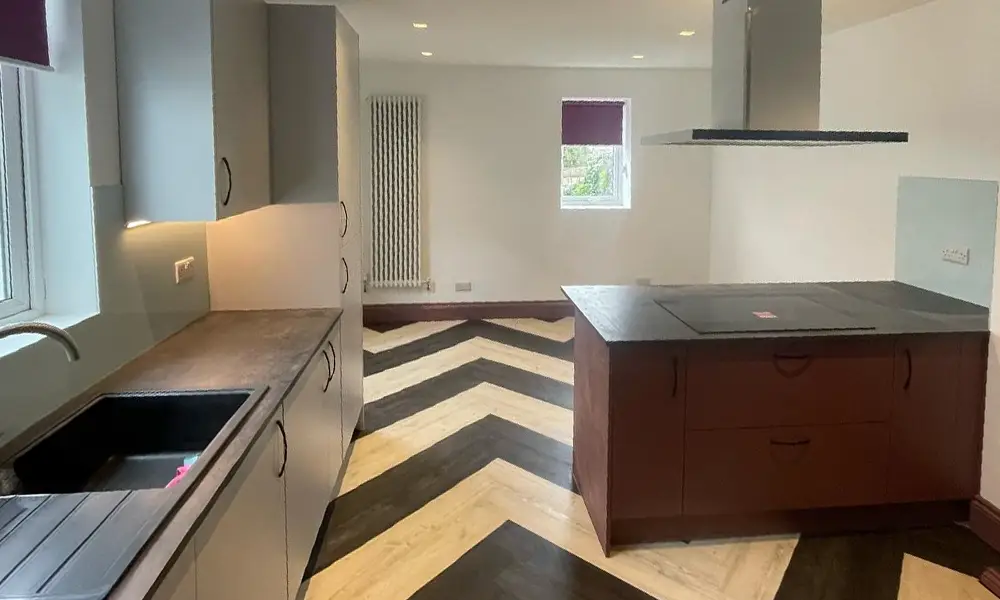When it comes to rendering your property, choosing the right system is crucial for achieving a finish that looks great and endures over time. Two of the most common options available today are traditional sand and cement render and modern silicone render. While both serve the same fundamental purpose of protecting and enhancing external walls, they differ significantly in terms of performance, durability, and long-term maintenance.
In this blog, we’ll break down the differences to help you decide which render might be right for your home or project.
What Is Silicone Render?
Silicone render is a modern, ready-to-use system that incorporates silicone additives to improve flexibility, breathability, and water resistance. It offers a smooth and durable finish with minimal maintenance needs.
This type of render is pre-coloured and comes in a wide variety of finishes and shades. It is typically used as part of a multi-layer system designed for durability, performance, and reliable weather protection.
The installation process begins with the application of a base coat, also known as the scratch coat, which provides a sturdy and even foundation. A reinforcing mesh is embedded into the surface to enhance strength and minimise the risk of cracking. Once cured, a colour primer is rolled on, matched to the final top coat to ensure comprehensive coverage and a consistent finish. The process concludes with a thin 1.5mm top coat of silicone render, applied in the same colour as the primer for a neat and uniform appearance.
Silicone render is water-repellent, allowing rainwater to run off the surface easily, which helps to reduce staining and damp. It is also highly breathable, enabling moisture to escape from within the wall structure, while its flexibility allows it to withstand minor movement without cracking. The surface’s self-cleaning properties make it ideal for those seeking a low-maintenance finish that remains looking fresh for years. As the render is coloured throughout, there is no need to paint it, and the colour remains consistent over time.
Although the upfront cost of silicone render is higher than that of traditional systems, it offers excellent long-term value through reduced maintenance and superior durability.
Key benefits:
- Water-repellent: The silicone content enables rainwater to run off the surface, minimising the risk of damp and staining.
- Breathable: Allows moisture from within the building to escape, thereby helping to prevent trapped condensation and improve the overall health of the structure.
- Flexible: The finish adapts with the building, making it highly resistant to cracking and perfect for properties that may experience minor structural movement.
- Low maintenance: Silicone render possesses self-cleaning properties, which means that dirt and debris are often washed away naturally by rainfall. In most instances, the surface maintains its fresh appearance for years without needing power washing or repainting.
- Pre-coloured: As the pigment is blended into the render itself, the colour stays consistent over time and is less prone to fading or peeling.
Although the initial cost of silicone render is higher than traditional systems, its long-term performance and reduced upkeep make it a worthwhile investment for many property owners. It is especially beneficial for anyone looking for a smart, modern finish that requires little maintenance.
What Is Traditional Render?
Traditional render is a well-established rendering technique made from a blend of sand, cement, and water. It is generally applied in two or three layers directly onto external walls to create a durable, protective surface. This type of render has been extensively used across the UK for decades and remains a popular choice, especially for older or period-style properties.
The process typically includes a scratch coat, followed by a float coat, and occasionally a final finishing coat, depending on the desired texture. Once dry, the surface is painted in the homeowner’s preferred colour. This provides flexibility in appearance, enabling both smooth and textured finishes with the option to repaint over time.
Key characteristics:
- Hard-wearing and impact-resistant
- Lower cost compared to modern alternatives
- Suitable for period or heritage-style homes
- Customisable with paint finishes
Despite its advantages, traditional render does have limitations. It is more rigid than modern systems, making it more susceptible to cracking, particularly as the building settles or shifts. Additionally, it is more porous, which means it can absorb moisture if not properly sealed and maintained.
Over time, traditional render can begin to exhibit signs of ageing. This may include staining, algae growth, flaking paint, or general discolouration. In many instances, the surface will require repainting and may also need professional cleaning to restore its appearance.
While it remains a popular and cost-effective choice, traditional render often requires more regular maintenance compared to modern options such as silicone.
Appearance and Finish
Both types of render can create a smooth and attractive finish. However, silicone render tends to provide greater variety in colour and texture. As the colour is embedded throughout, it maintains its appearance without requiring repainting.
Traditional render, whilst versatile in finish, often necessitates painting and more regular maintenance to maintain its fresh appearance.
Which One Should You Choose?
The optimal choice will depend on the type of property you possess, your budget, and your maintenance preferences.
- Select traditional rendering for a more cost-effective solution with a classic, painted finish.
- Opt for silicone render to achieve a modern, durable exterior that requires minimal maintenance.
If you’re uncertain, it’s always worthwhile to seek professional advice tailored to your property.
Get Expert Rendering Advice
At Done Right, we install both traditional and silicone render systems throughout Plymouth and the surrounding areas. We will assess your property and recommend the best solution based on your needs, budget, and long-term goals.
Contact us today to arrange a free consultation and quote for your upcoming rendering project.
 07568 435349
07568 435349


